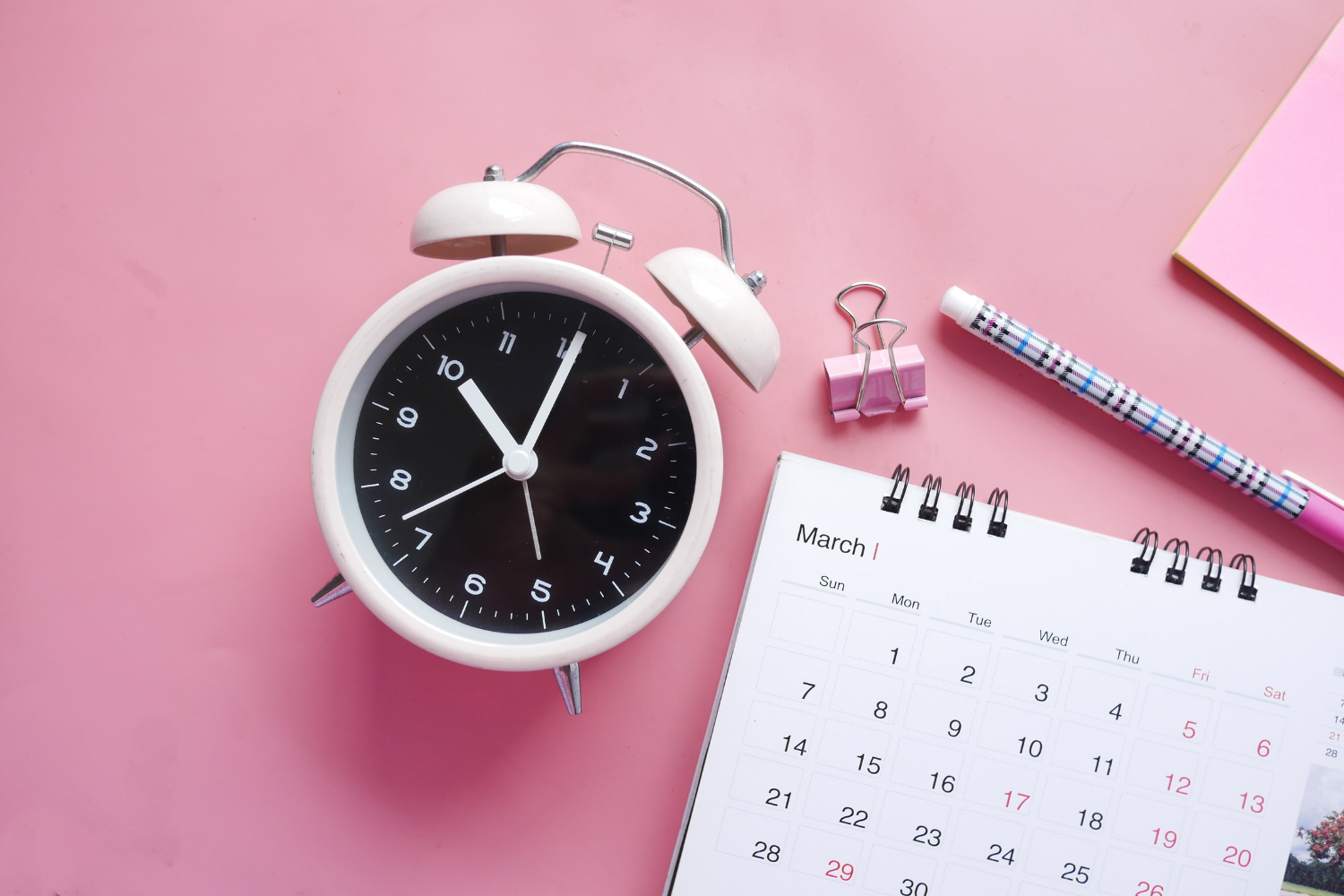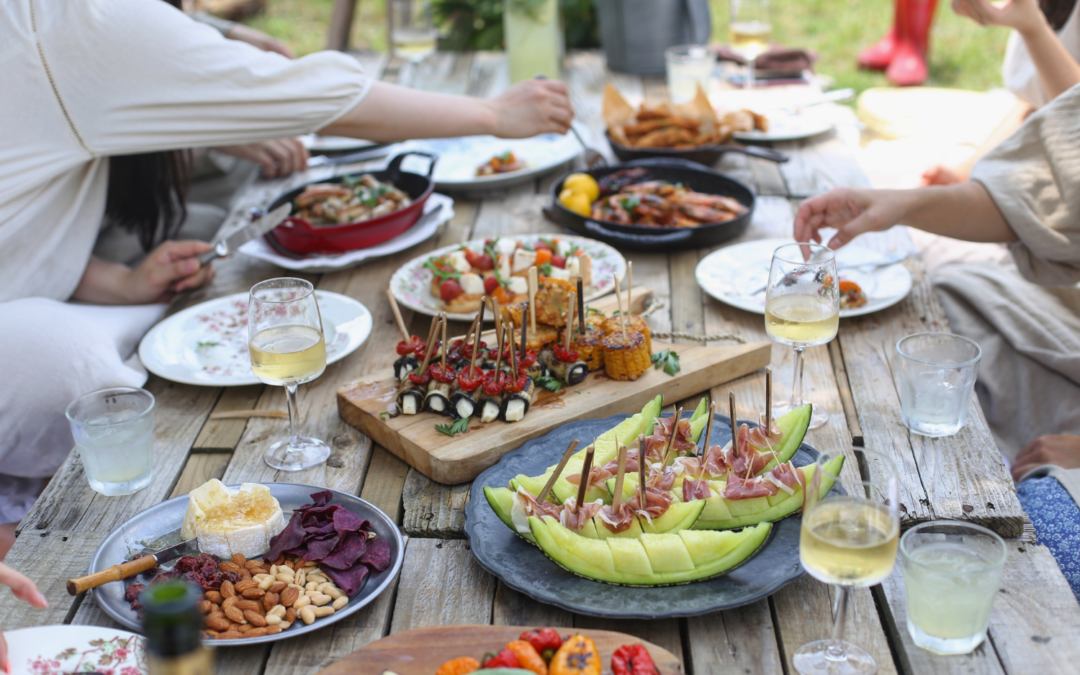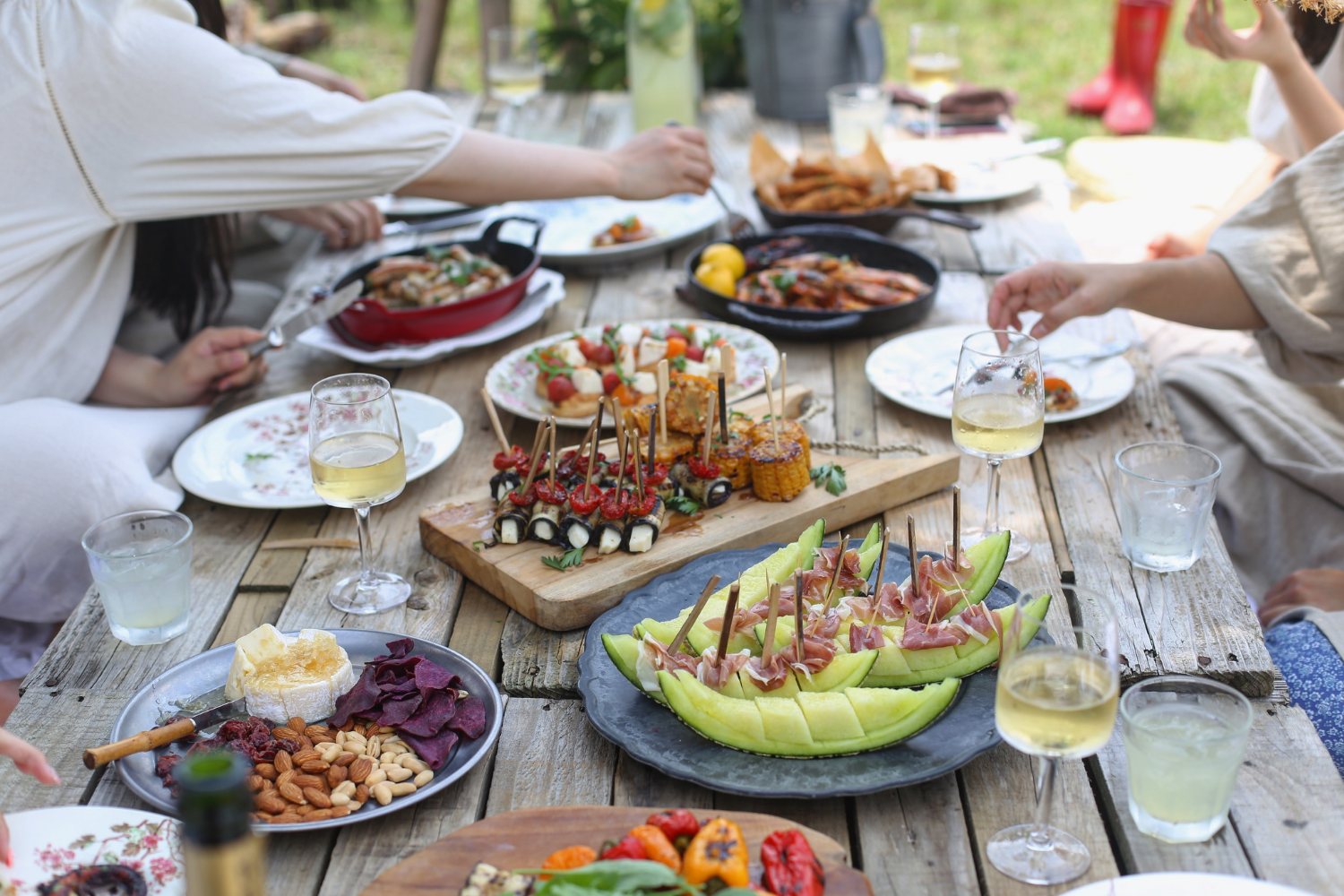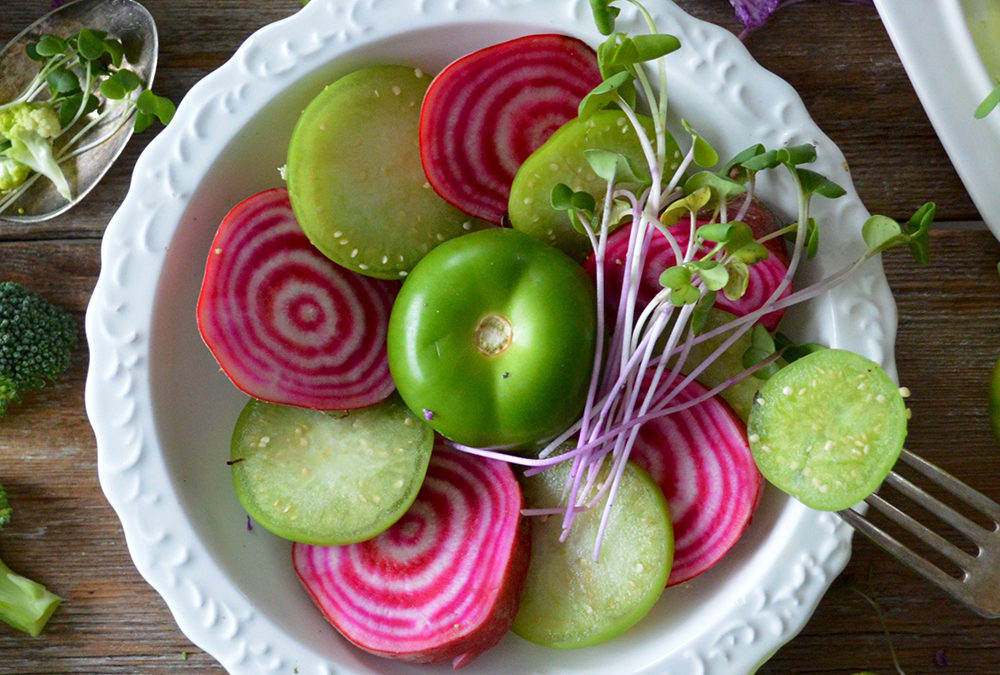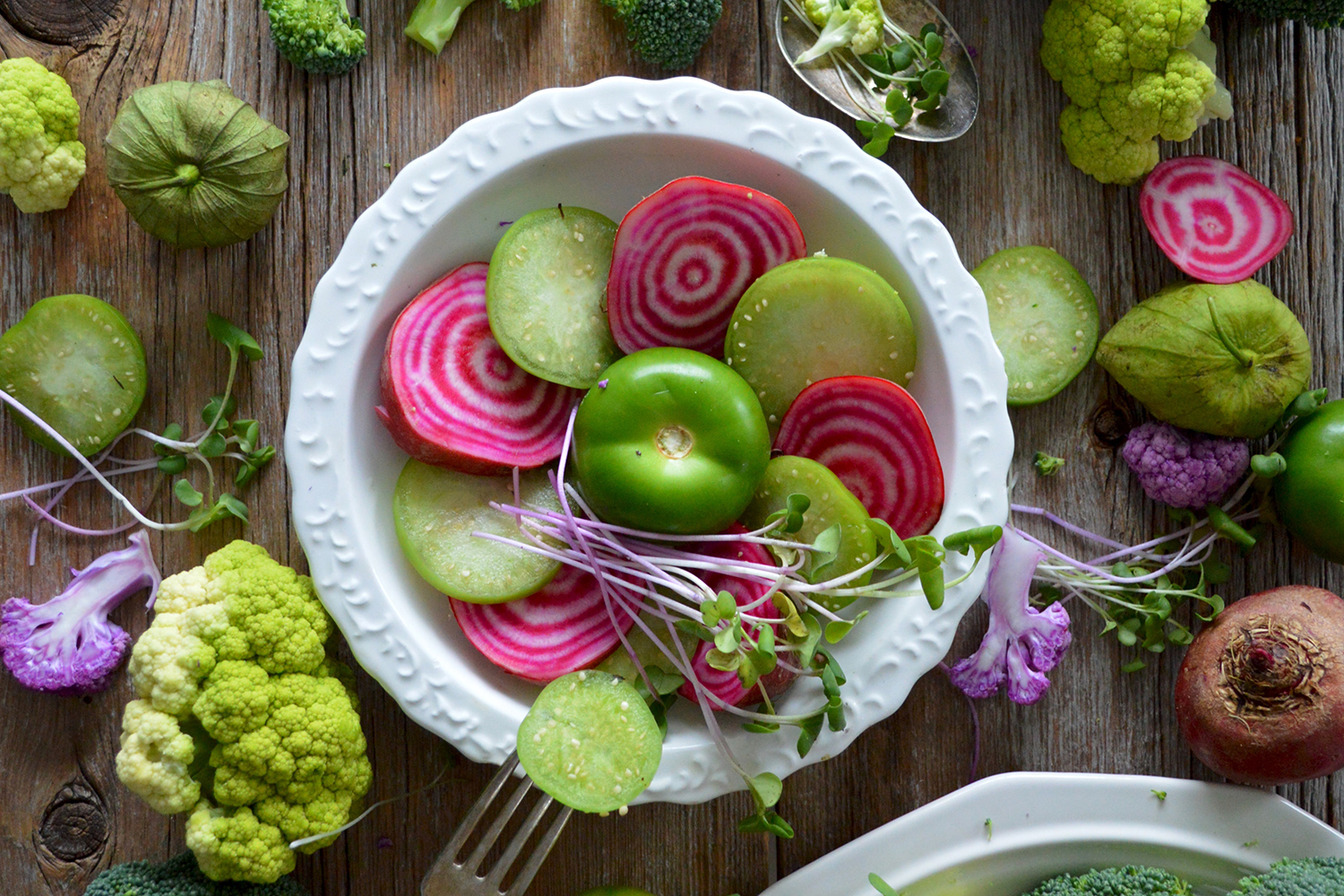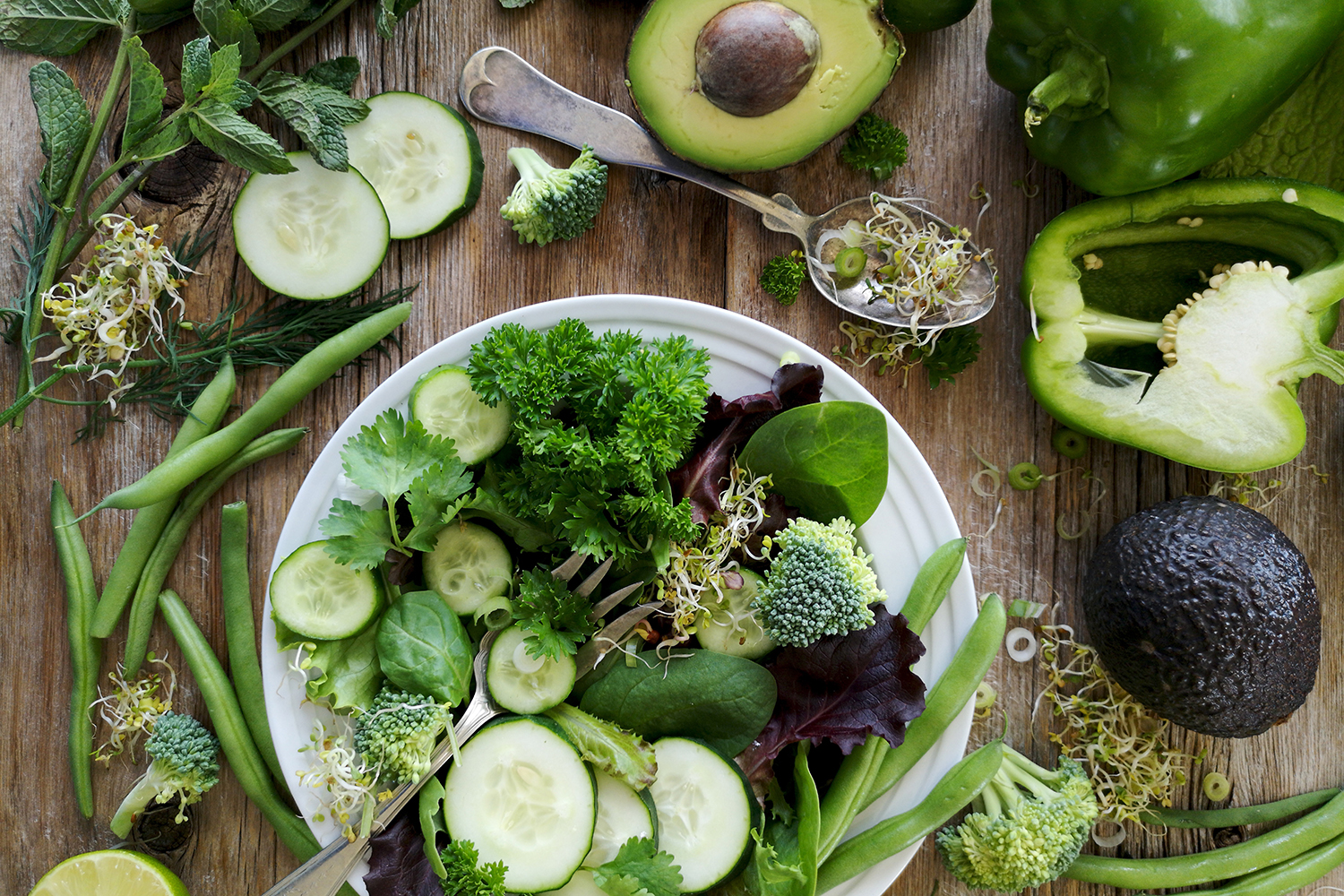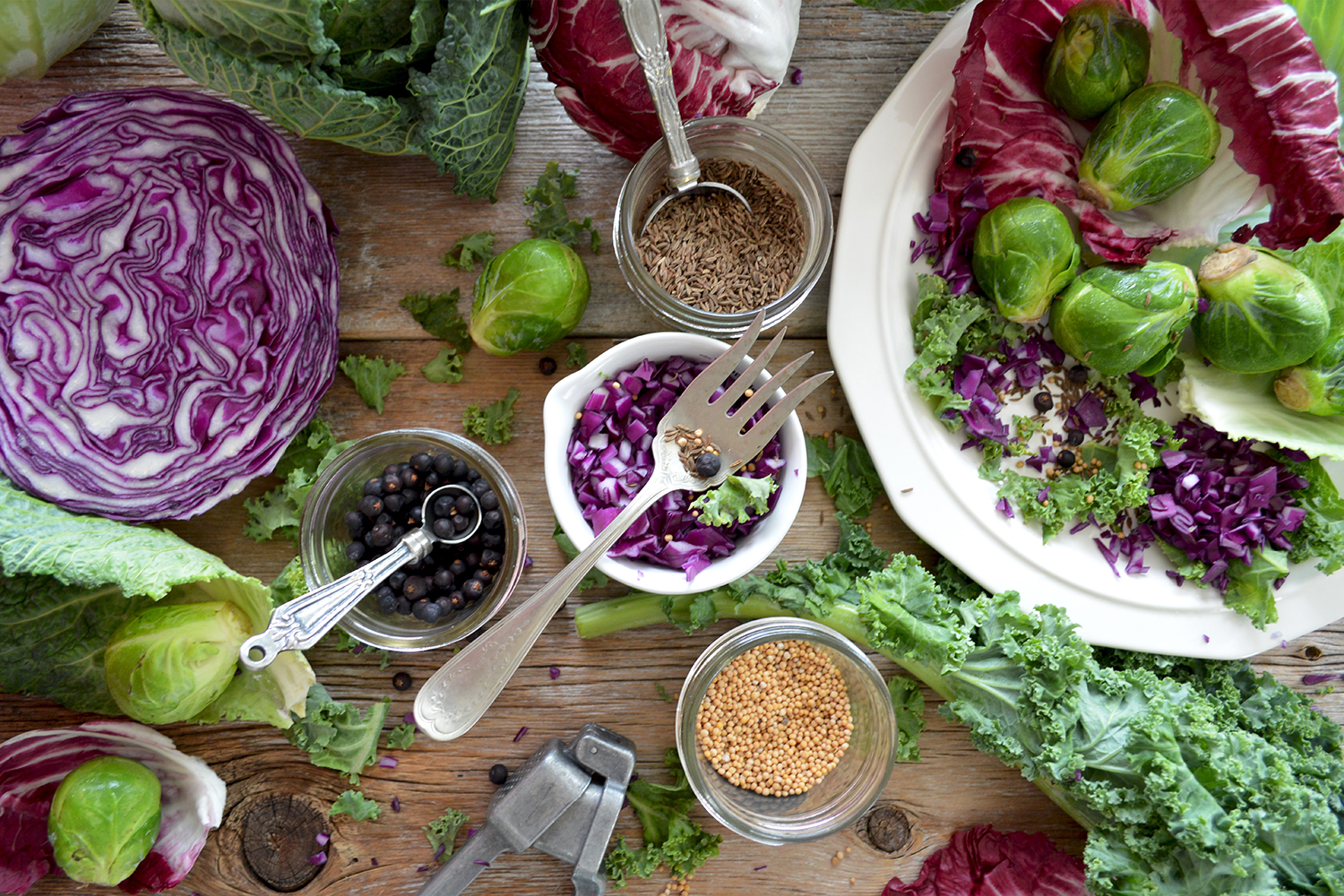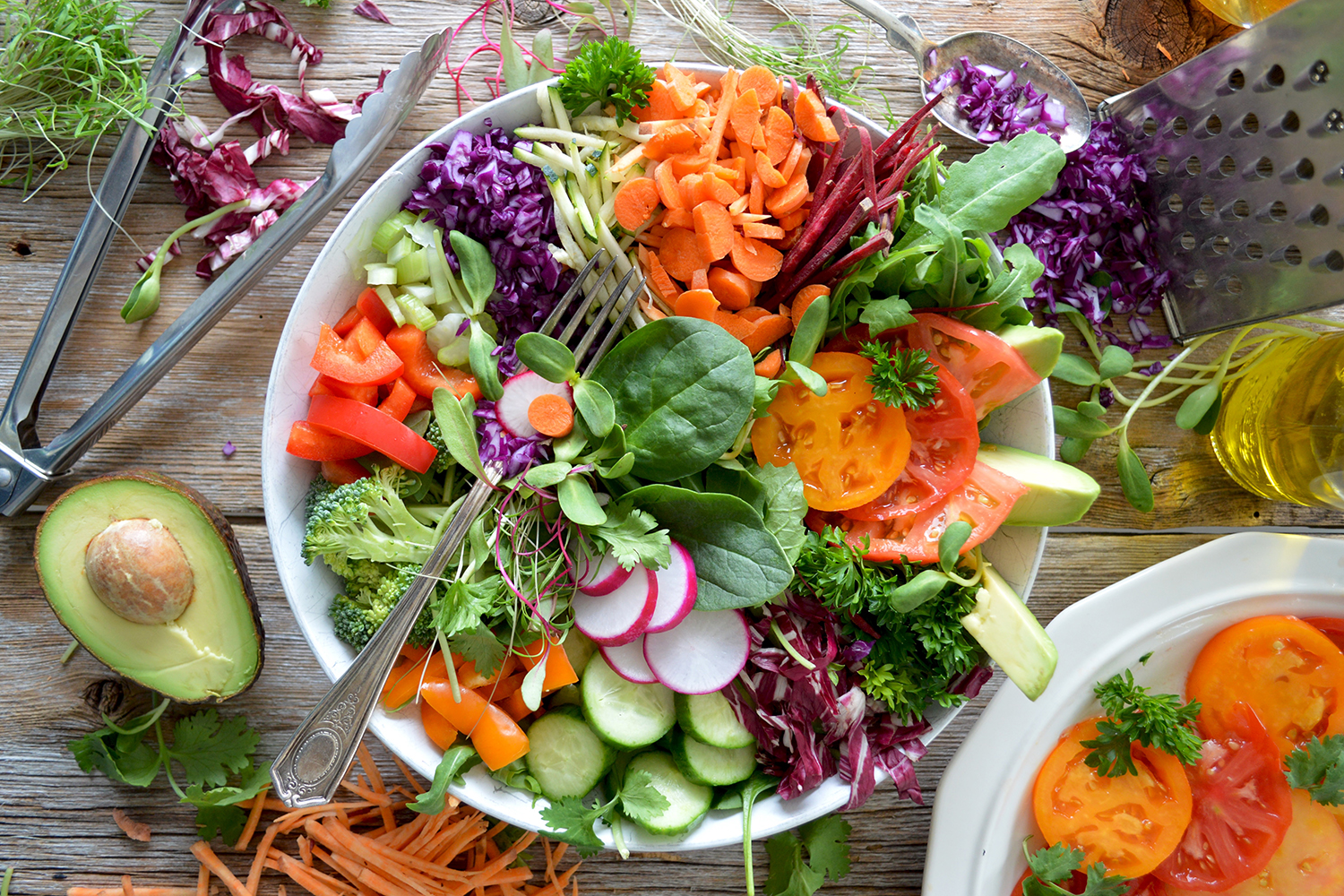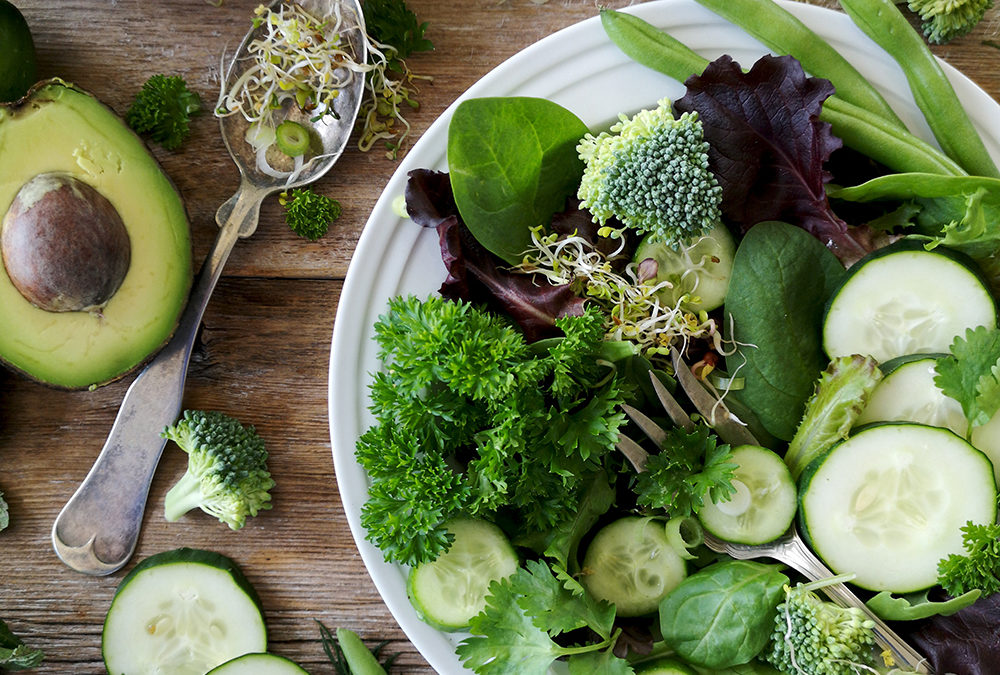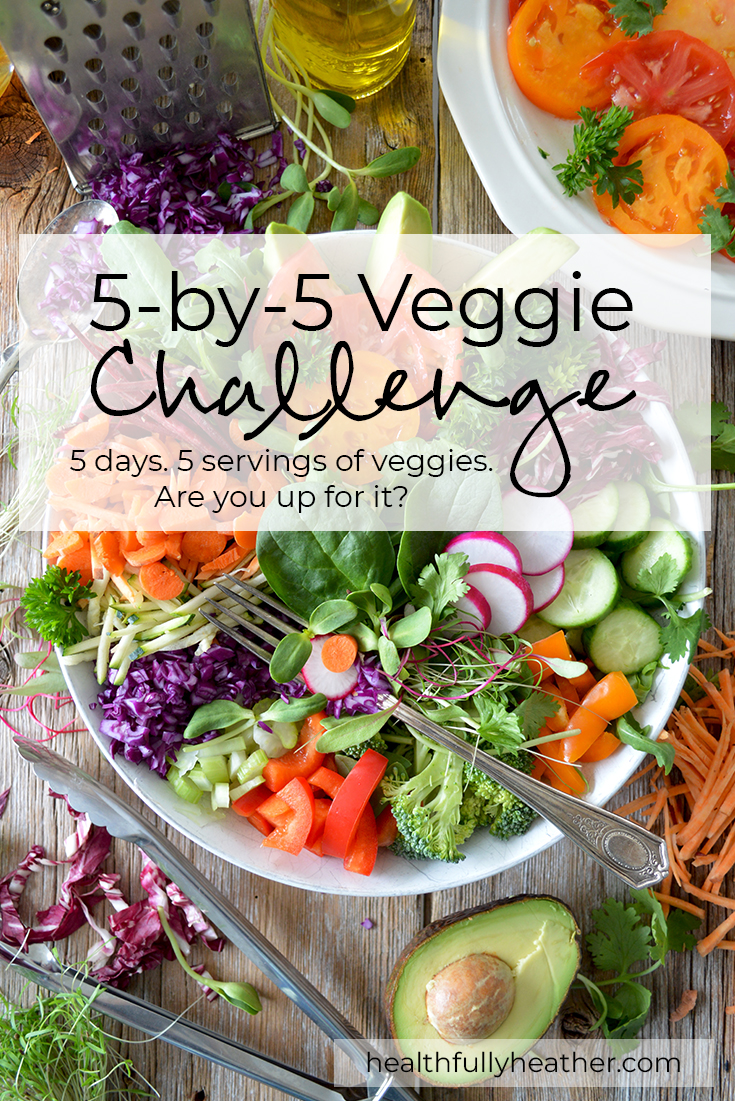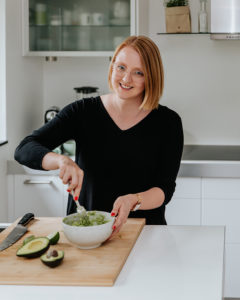
Tips to Healthfully Navigate the Holiday Season

Tips to Healthfully Navigate the Holiday Season
Navigating the holiday season can be tricky! Especially if you’re trying to keep up with your healthy habits.
It can be an extremely busy time of year. There are often lots of social events happening, work and school tend to get busier, plus it’s a time of year filled with sweet-treats and other delicious foods that of course we want to indulge in!
You don’t need to feel like you’re stuck between the choice of either giving up on your healthy habits or not getting to enjoy the holiday season. You can find a middle ground and enjoy this time of year while still staying healthy.
Use these tips to bring some balance into your holiday season and you’ll end up feeling better than ever come January 1st (or perhaps 2nd…).
Tips for a Healthy, Happy Holiday Season:
Save time by meal planning & prepping on the weekend. Planning ahead is incredibly important for surviving these busy periods. Not only will you save money on your grocery bill by being as efficient as possible and minimizing take-away and convenience foods, but you’ll also be getting more more nutritious meals that will keep you full and fuelled for longer. Take into account when you have social events so that you don’t plan for meals unnecessarily. Investing time in advance to prep your meals (for example, chopping veggies or even preparing some meals entirely for in the freezer), will allow you to save precious time on the weeknights.
Bring a homemade packed lunch. Not only will you probably save money and cut down on food waste, but you’ll be making sure to get a nutrient-dense lunch in before any evening activities. Include this in your meal planning and prepping to ensure it is easy to grab-and-go in the morning on your way out the door. The same thing goes for snacks. Bring your own healthy options with you if you want to try and avoid the platter of cookies your colleague keeps refilling.
Focus on the meals that you can control. During this period, that often means our breakfasts and our lunches. Try to get lots of veggies and protein at these meals, since these will likely be lacking if you’re out for dinner or at a social event. This way you can roll with whatever comes in the evening, knowing that you got some solid nutrition in already!

Don’t be too strict on yourself – you should still enjoy the holiday season! If you’re out at a party, start off with the “healthier” fare, but definitely still go for those indulgences as well. The healthier options will fill you up first, helping to ensure you can still have those treats mindfully. This way you’re less likely to go overboard but you also won’t feel like you’re denying yourself.
Swap out a couple alcoholic drinks for some non-alcoholic cocktails. Keep your alcohol consumption in moderation by, at the least, alternating with a non-alcoholic alternative. There are loads of fancy mocktail possibilities, and I bet most people won’t notice! You’ll definitely thank yourself in the morning when you sleep better and minimize the chance of a hangover. Most of the symptoms of a hangover can be attributed to dehydration, so always be sure to drink plenty of water alongside your alcoholic drinks.
Prioritize sleep. Sleep is key for recovering and building resiliency to stress. Not to mention this time of year kicks off cold and flu season, so your immune system could do with the boost. Even if sleep comes at the expense of something like exercise, this is a period of the year where I personally believe this swap is worth it.
Know your non-negotiables for managing stress, and keep up with some form of self-care. While you might need to cut down on your self-care time to properly balance your schedule, make sure you’re not cutting it out completely! That time to yourself will help you recharge and have more energy to give to everything else that is going on.
Practise saying no when needed. Recognize your limits or propose alternatives when certain requests are just too much. Everyone is busy at this time of year, so most people will understand if you turn down an invitation. Or think of alternative activities that won’t take all of your energy. Did a friend invite you to a holiday party that you know will be exhausting? Propose meeting for a lunch instead so you still get that time to connect. Or, maybe you want to throw a party of your own to see all your friends in one go, rather than attend a million different functions. Too often we can feel awkward saying no to people, whether it’s that invitation or having another Christmas cookie. Try not to offer an excuse, just express your boundary clearly and firmly – you’ll probably feel empowered afterwards!
I hope these tips give you some inspiration towards having a more balanced holiday season.
If you’d like to make next year an even healthier one, book your dietetic consultation before Christmas so that your personalised action plan is ready to go for January!
Click here to make your appointment, online or in person options available.
(Intake consultation must take place on or before December 23rd, 2023 in order to receive your plan at the latest by January 7th, 2024.)




